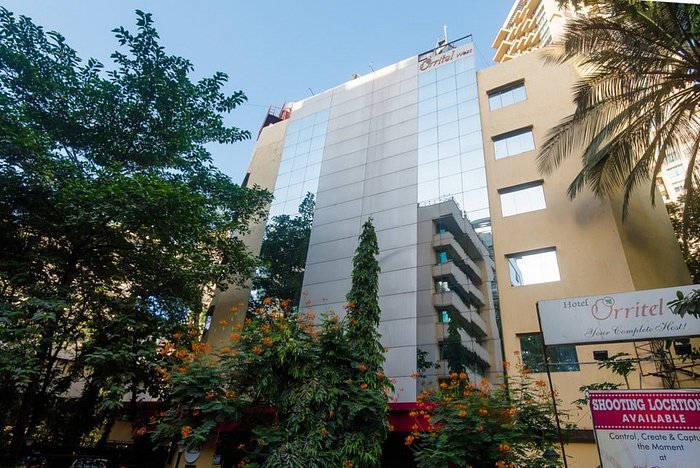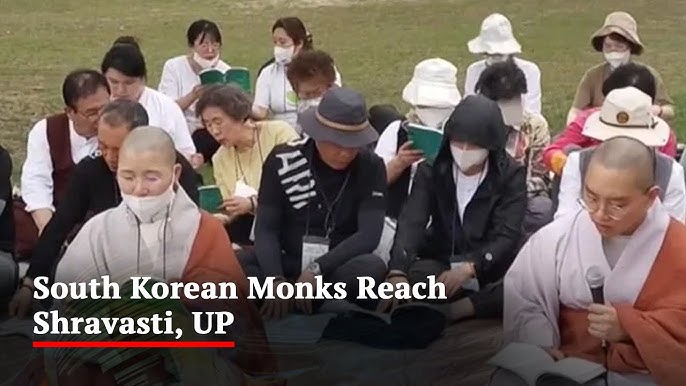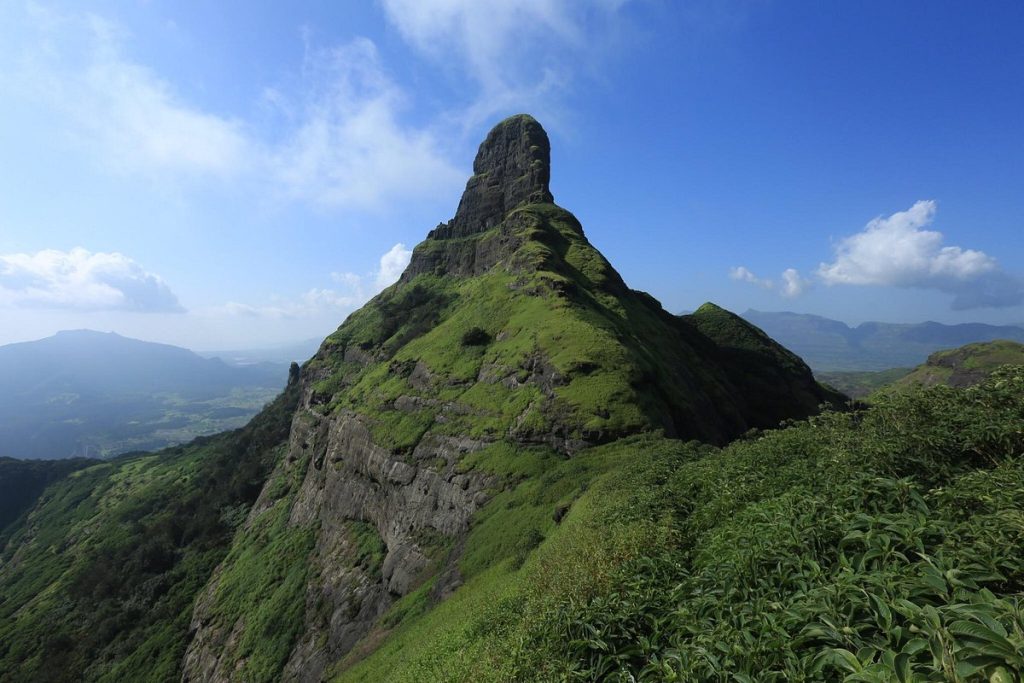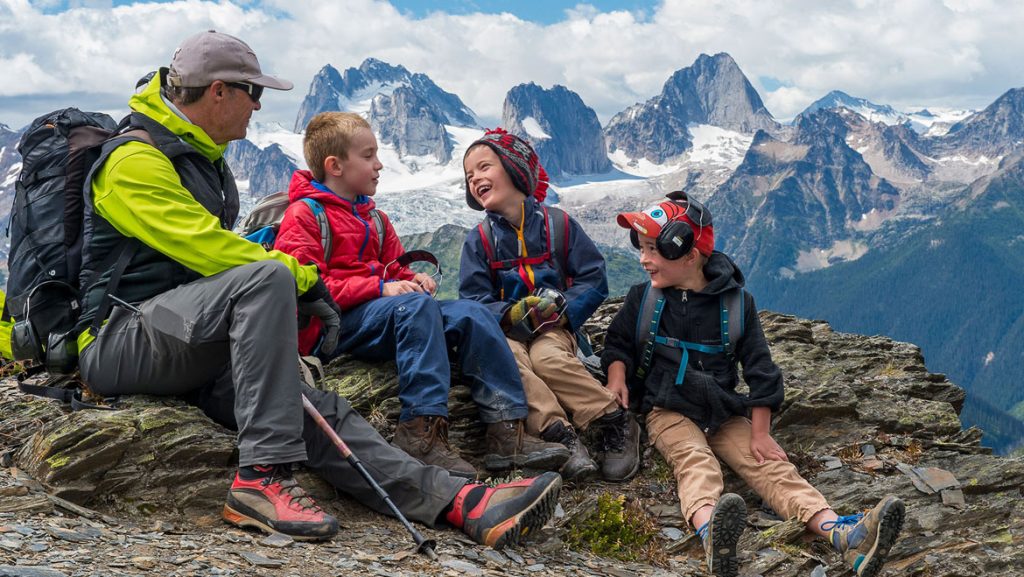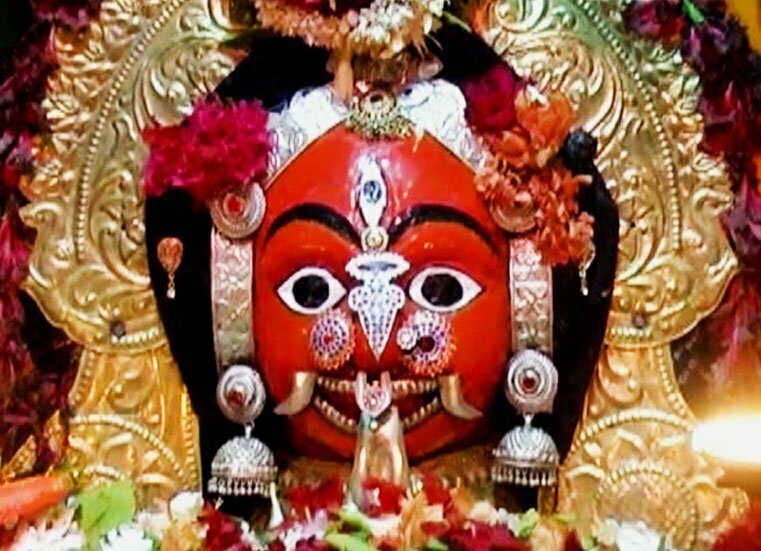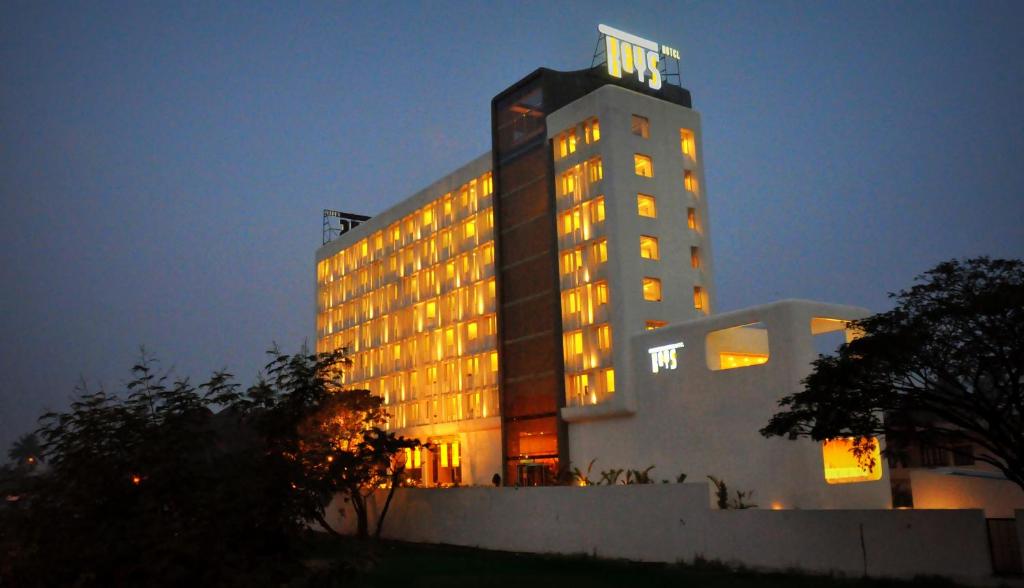The Indian Himalayas offer some of the best family adventure treks. These treks are perfect for creating unforgettable memories with loved ones.
Exploring the majestic landscapes of the Indian Himalayas is an exhilarating experience for families. Whether you’re seeking a peaceful escape or thrilling adventure, these treks cater to all ages. Imagine walking through lush valleys, crossing sparkling rivers, and witnessing breathtaking views together.
The Himalayas provide the perfect backdrop for bonding and discovery. From easy trails suited for young children to more challenging paths for adventurous teens, there’s something for everyone. The natural beauty, diverse culture, and unique wildlife make these treks truly special. Embarking on a family trek in the Himalayas not only strengthens family bonds but also instills a love for nature and adventure in young minds.

Credit: www.instagram.com
Top Trekking Regions
When it comes to family adventure treks in the Indian Himalayas, choosing the right trekking region is crucial. The vast and varied landscapes offer unique experiences, each providing its own set of challenges and rewards. Let’s delve into some of the top trekking regions that promise unforgettable family adventures.
Garhwal Himalayas
The Garhwal Himalayas are a treasure trove for family trekkers. Located in the state of Uttarakhand, this region boasts some of the most scenic and accessible trails. One of the most popular treks here is the Valley of Flowers. Imagine walking through a vast carpet of vibrant flowers with your kids. It’s like stepping into a storybook!
Another great trek in Garhwal is the Kedarkantha Trek. Perfect for beginners, this trek offers stunning views without being too strenuous. I remember taking my eight-year-old on this trail; the look on her face when she saw the snow-capped peaks was priceless. And the best part? The campsites are family-friendly, making it easy to set up a comfortable base for the night.
If you are looking for something more spiritual, the Har Ki Dun trek is an excellent choice. This trek, nestled in the Govind National Park, is steeped in mythology and offers a mix of lush meadows, pine forests, and quaint villages. Your children will be fascinated by the local stories and the rich cultural heritage.
Kumaon Himalayas
The Kumaon Himalayas, also in Uttarakhand, offer a different flavor of trekking. Known for their rich biodiversity and panoramic vistas, these treks are perfect for nature-loving families. The Pindari Glacier Trek is a must-do. It’s relatively easy and provides a perfect introduction to glacier trekking for kids. The trail is dotted with beautiful waterfalls and quaint villages, providing plenty of photo opportunities.
Another family-friendly trek is the Kafni Glacier Trek. This trek is slightly off the beaten path, ensuring a peaceful experience away from the crowds. I remember taking my family there last summer. Watching my kids splash around in the pristine streams and exploring the diverse flora and fauna was a joy. It’s moments like these that create lasting memories.
For a culturally enriching trek, try the Milam Glacier Trek. This route takes you through ancient trade routes, offering a glimpse into the lives of the local communities. The trek is moderately challenging, making it suitable for families with older children. The panoramic views of the Nanda Devi and Hardeol peaks are simply breathtaking.
So, which trekking region are you excited to explore with your family? Each offers its own unique experiences and stunning landscapes. Pack your bags, lace up your boots, and get ready for an adventure of a lifetime!
Ideal Seasons For Trekking
Spring and autumn offer the best family adventure treks in the Indian Himalayas. Enjoy mild weather, clear skies, and breathtaking views. Perfect for creating lasting family memories.
The Indian Himalayas offer a wealth of trekking opportunities for families seeking adventure. The trick to a successful trek lies in choosing the right season. The weather can vary dramatically, transforming the landscape and the nature of your adventure. Let’s explore the best times to embark on a family trek in the Indian Himalayas, based on the seasons.Summer Adventures
Summer, spanning from May to June, is an ideal season for family treks in the Himalayas. The snow begins to melt, revealing lush meadows and vibrant flora. The moderate temperatures make it comfortable for trekkers of all ages. Imagine trekking through the Valley of Flowers in Uttarakhand, where the vibrant blooms create a magical landscape. This trek is relatively easy and perfect for families. Another great option is the Hampta Pass trek in Himachal Pradesh. It offers stunning views and a mix of terrains, from forests to rivers. During summer, the long daylight hours allow for more exploration. You can cover more ground without feeling rushed, making the experience more enjoyable for children. Always carry sun protection and stay hydrated, as the sun can be quite strong at higher altitudes.Winter Wonders
Winter treks, from December to February, offer a different kind of adventure. The snow-covered trails and frozen rivers create a winter wonderland that’s both challenging and rewarding. One of the most popular winter treks is the Chadar Trek in Ladakh. Walking on the frozen Zanskar River is an experience like no other. This trek is more suited for families with older children due to the extreme conditions. Another mesmerizing trek is the Kedarkantha Trek in Uttarakhand. It’s relatively easy and offers panoramic views of snow-clad peaks. Winter treks require special preparation. Layer up to stay warm, and ensure you have proper gear like waterproof boots and insulated clothing. The cold can be intense, but the serene beauty of the snowy landscapes makes it worthwhile. Are you ready to choose your season and embark on a family adventure in the Indian Himalayas? Each season brings its own unique charm and challenges. Which one will you pick for your next trekking trip?Family-friendly Treks
Explore the best family adventure treks in the Indian Himalayas. Enjoy breathtaking landscapes, easy trails, and unforgettable experiences for all ages. Perfect for creating lasting family memories.
### Family-Friendly Treks The Indian Himalayas offer an incredible array of trekking opportunities, perfect for families seeking adventure and quality time together. From gentle walks through picturesque valleys to moderately challenging paths with breathtaking views, there’s something for everyone. These family-friendly treks are designed to be accessible, enjoyable, and memorable, making them ideal for adventurers of all ages.Easy Trails
When it comes to trekking with kids or less experienced hikers, easy trails are a fantastic choice. These routes typically feature gentle slopes, well-marked paths, and shorter distances, ensuring everyone can keep up and enjoy the journey. One excellent example is the Chopta Chandrashila Trek in Uttarakhand. This trek offers stunning views of the Himalayas without demanding too much physically. Imagine waking up to the sight of the sun rising over the majestic peaks, a scene your family will cherish forever. Another great option is the Sham Valley Trek in Ladakh, often referred to as the “Baby Trek.” It’s an easy, short trek that takes you through quaint villages and gorgeous landscapes. The relatively low altitude and mild terrain make it perfect for young children and older family members.Moderate Paths
For families looking for a bit more challenge and adventure, moderate paths are ideal. These treks usually involve longer distances and more varied terrains, but are still manageable for most family members with a reasonable level of fitness. The Har Ki Dun Trek in Uttarakhand is a prime example. This trek takes you through ancient villages, alpine meadows, and dense forests, offering a perfect blend of natural beauty and cultural experience. It’s a moderate trek that provides a sense of accomplishment without being overly strenuous. Another fantastic moderate trek is the Dzongri Trek in Sikkim. This route offers spectacular views of the Kanchenjunga range and takes you through lush rhododendron forests. It’s a rewarding experience that brings you closer to nature and strengthens family bonds. #### Which Path Will You Choose? Are you excited to explore the Himalayas with your family? Whether you opt for an easy trail or a moderate path, these treks offer unforgettable experiences and a chance to connect with nature and each other. So, pack your bags and get ready for an adventure of a lifetime!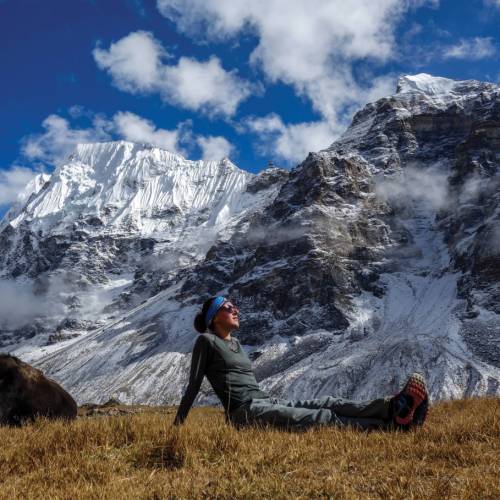
Credit: worldexpeditions.com
Essential Gear And Equipment
Planning family adventure treks in the Indian Himalayas requires essential gear and equipment. Comfortable clothing, sturdy footwear, and proper camping gear ensure a safe and enjoyable experience.
When planning a family adventure trek in the Indian Himalayas, having the right gear and equipment is crucial. Proper preparation ensures not only safety but also an enjoyable experience for everyone. Let’s dive into the essentials you need to pack, starting with clothing and trekking accessories.Clothing Essentials
Packing the right clothing can make or break your trek. Layers are key, as the weather in the Himalayas can change rapidly. Start with a moisture-wicking base layer to keep sweat away from your skin. Add an insulating layer, such as a fleece jacket, to keep you warm during chilly mornings and evenings. Finally, a waterproof and windproof outer layer will protect you from rain and cold winds. Don’t forget to pack:- Comfortable trekking pants
- Thermal innerwear
- Sturdy, breathable hiking boots
- Extra pairs of socks (woolen and synthetic)
- Sun hat and sunglasses
- Gloves and a warm hat
Trekking Accessories
Apart from clothing, the right trekking accessories are indispensable. A good-quality backpack with a rain cover is essential. It should be comfortable and fit well to avoid back pain. Hydration is critical, so carry water bottles or a hydration bladder. Refill whenever possible, and consider a water purification method, like tablets or a portable filter. Other must-have accessories include:- Headlamp with extra batteries
- Trekking poles for stability
- First aid kit with essential medications
- Multi-tool or knife
- Snacks and energy bars
- Map and compass, even if you have a GPS
Planning Your Trek
Explore the best family adventure treks in the Indian Himalayas for a memorable experience. Enjoy stunning landscapes and create lasting family memories on these remarkable trails. Perfect for bonding and adventure.
Planning Your Trek Embarking on a family adventure trek in the Indian Himalayas is an exciting experience that requires thoughtful planning. From selecting the perfect trek to making necessary bookings and preparations, each step ensures a memorable journey. Let’s dive into the essentials of planning your trek to make sure your adventure is safe, fun, and unforgettable.Choosing The Right Trek
Selecting the right trek is crucial. Not all treks are suitable for families, especially if you have young children or elderly members. Consider the difficulty level, duration, and altitude of the trek. The Valley of Flowers in Uttarakhand is a great option for beginners, with its moderate trails and breathtaking views. Another family-friendly trek is the Sham Valley Trek in Ladakh. Known as the “Baby Trek,” it offers a mild challenge with picturesque landscapes. Research thoroughly and pick a trek that matches your family’s fitness levels and interests.Booking And Preparation
Once you’ve chosen your trek, the next step is booking and preparation. Secure your trek dates and accommodation well in advance, especially during peak seasons. Look for reliable tour operators who offer family-friendly packages, ensuring safety and comfort. Preparation goes beyond bookings. Equip yourself with the right gear. Comfortable trekking shoes, layered clothing, and essential gear like trekking poles and backpacks are a must. Make sure everyone in the family is well-prepared physically. Simple exercises like walking and light hiking can help build stamina. Don’t forget to pack a medical kit. High-altitude treks may require specific medications for altitude sickness. Consult your doctor and carry necessary prescriptions. Planning a family trek involves a lot of details, but the joy and bonding that come from the adventure are worth it. Are you ready to create unforgettable memories in the heart of the Himalayas?Safety Tips For Families
Explore the best family adventure treks in the Indian Himalayas with these safety tips. Pack essential gear, stay hydrated, and follow local guides. Prioritize comfortable footwear and dress in layers to adapt to changing weather.
Exploring the majestic Indian Himalayas with your family can be a deeply rewarding experience. However, ensuring everyone’s safety is paramount. In this section, we will delve into some essential safety tips for families, so you can focus on creating unforgettable memories. ###Health Precautions
Health should be your top priority while trekking. Make sure every family member is physically prepared for the trek. It’s crucial to engage in regular exercise and build endurance before your trip. Pack a comprehensive first-aid kit. Include items like band-aids, antiseptic wipes, pain relievers, and any prescription medications. Don’t forget sunscreen and lip balm to protect against harsh UV rays at high altitudes. Stay hydrated. Carry enough water and use purifying tablets or a portable water filter. Dehydration can sneak up on you, especially when you’re focused on the stunning scenery. Acclimatization is key. Take it slow and allow your body to adjust to the altitude. Spend a day or two at intermediate elevations before ascending higher. This can help prevent altitude sickness, which can be serious if not addressed promptly. ###Emergency Protocols
Emergencies can happen, even in the most well-planned treks. Knowing what to do can make a huge difference. Always inform someone about your trekking plans, including your expected return date. This ensures someone will know if you’re overdue and can alert authorities. Carry a reliable means of communication. Satellite phones and GPS devices are invaluable in remote areas where mobile signals may be non-existent. Learn basic survival skills and first-aid techniques. Knowing how to treat a sprained ankle, or what to do in case of hypothermia, can be lifesaving. Create an emergency plan with your family. Discuss what actions to take if someone gets lost or injured. Make sure everyone knows emergency contact numbers and how to use safety gear like whistles and flashlights. ###Travel Insurance
Travel insurance is not just an extra cost—it’s a necessity. Ensure your policy covers high-altitude trekking and emergency evacuations. This can save you from financial stress in case of an accident or sudden illness. — Taking these safety tips to heart can make your family adventure in the Indian Himalayas a safe and joyful experience. What other precautions do you think are essential for a successful trek? Share your thoughts below!Local Culture And Traditions
When embarking on family adventure treks in the Indian Himalayas, one of the most enriching experiences is immersing yourself in the local culture and traditions. The Himalayas are not just about stunning landscapes and challenging trails; they are also a tapestry of vibrant village life, diverse festivals, and customs that have been preserved for centuries. Let’s delve into the heart of this cultural treasure trove.
Village Life
As you trek through the Himalayan trails, you will come across quaint villages where the rhythm of life is beautifully simple and deeply connected to nature. Picture this: children playing in the fields, women weaving intricate shawls, and men tending to their livestock. The hospitality of the villagers is unmatched. They often invite trekkers for a cup of tea, offering a glimpse into their everyday lives.
During a trek to the Markha Valley, I was welcomed into a villager’s home. The warmth of their kitchen, the aroma of freshly made bread, and the stories shared around the hearth made me realize how interconnected their lives are with the mountains. This is an experience that stays with you, reminding you of the simple joys of life.
Festivals And Customs
The Himalayas are a melting pot of cultures, and their festivals are a reflection of this diversity. Participating in a local festival can be a highlight of your trek. Imagine witnessing the vibrant celebrations of Lhosar in Ladakh, where the streets come alive with masked dances, music, and laughter. Or the Kumbh Mela, a spiritual gathering that draws millions to the banks of the Ganges.
Customs are equally fascinating. In the Spiti Valley, you might encounter the unique practice of polyandry, where one woman marries multiple brothers. This custom, though rare, is part of the region’s tradition aimed at preserving family land and resources.
Have you ever wondered what it would be like to experience these traditions firsthand? By engaging with the locals, participating in their festivals, and respecting their customs, you not only enrich your travel experience but also contribute to the preservation of these cultural treasures.
The next time you plan an adventure trek in the Indian Himalayas, remember that the journey isn’t just about reaching the summit. It’s also about the stories you gather along the way, the people you meet, and the traditions you come to understand. These cultural experiences add a deeper dimension to your adventure, making it truly unforgettable.
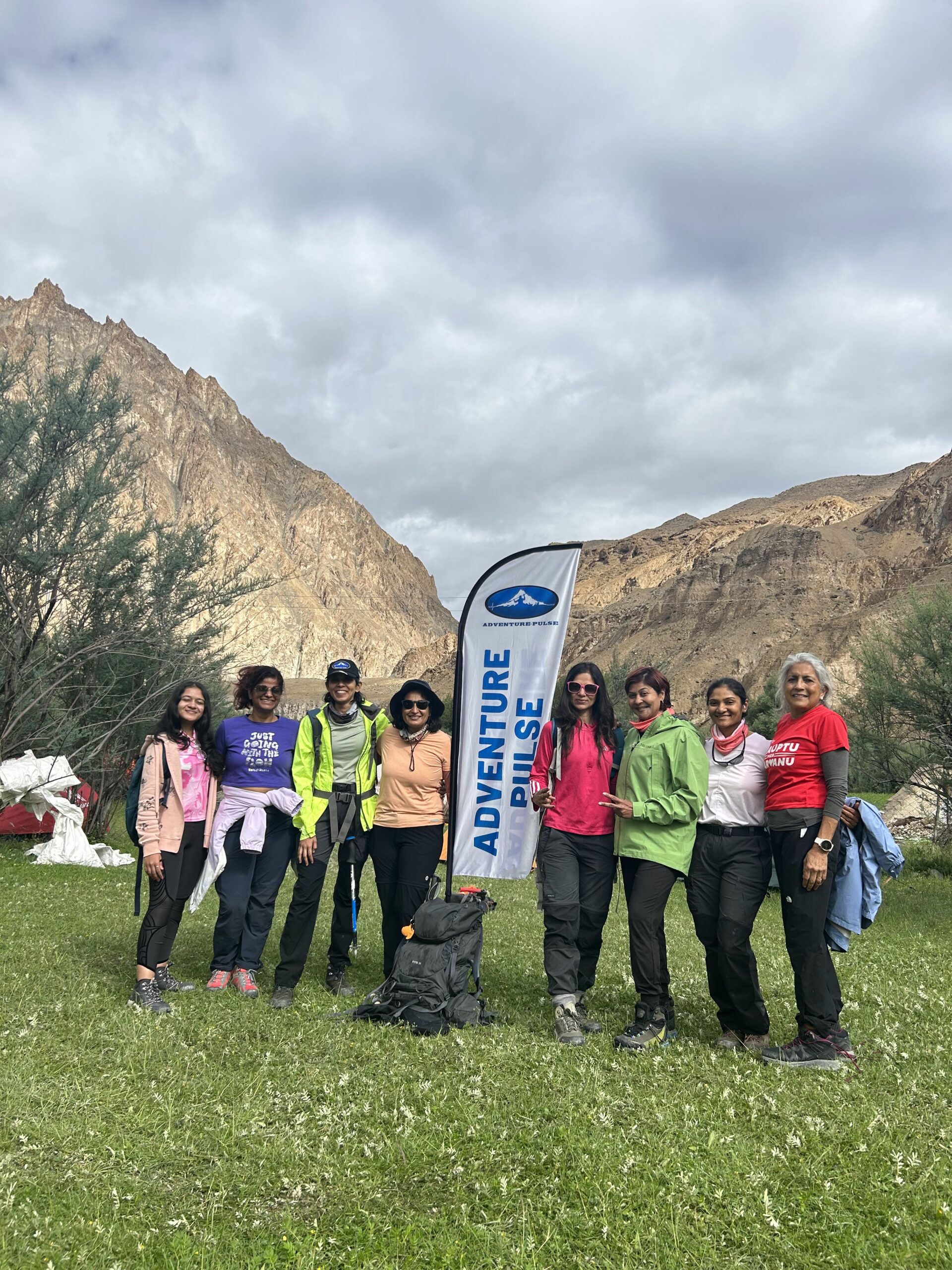
Credit: adventure-pulse.com
Capturing Memories
One of the most enriching aspects of embarking on a family adventure trek in the Indian Himalayas is the chance to capture unforgettable memories. Whether you are a photography enthusiast or a novice, documenting your journey through photos and journals can make the experience even more special. Let’s dive into some practical tips on how you can make the most out of capturing these precious moments.
Photography Tips
Taking photos during your trek is a great way to preserve the memories. Here are some tips to help you capture stunning images:
- Golden Hours: The best times for photography are during the early morning or late afternoon. The light is softer and adds a magical touch to your photos.
- Rule of Thirds: Divide your frame into thirds, both horizontally and vertically. Place the subject along these lines or at their intersections for a balanced composition.
- Include People: Don’t just focus on landscapes. Include your family members in the shots to add a personal touch.
- Stay Steady: Use a tripod or find a stable surface to avoid blurry images.
- Capture Details: Zoom in on the little things like a blooming flower, a unique rock, or a traditional Himalayan house. These details make your photo collection more interesting.
When I trekked to the Valley of Flowers with my family, I captured a shot of my daughter holding a rare blue poppy. That single photo tells a thousand tales and brings back the joy of the moment every time we look at it.
Journaling Your Adventure
Photography is just one way to document your trek. Journaling adds another layer of depth to your memories. Here’s how you can make your journal entries more impactful:
- Daily Entries: Write something every day, no matter how brief. Note down the day’s highlights, the trails you took, and the people you met.
- Use All Your Senses: Describe not just what you see, but also what you hear, smell, and feel. This makes your journal entries more vivid.
- Add Quotes and Dialogues: Record funny or inspiring things your family members say during the trek. These snippets bring your journal to life.
- Sketch and Paste: Include quick sketches, ticket stubs, or pressed flowers. These elements add a creative touch to your journal.
During our trek to Kedarkantha, I wrote about the sound of the gushing streams and the smell of pine trees. These details, often forgotten, now leap off the pages whenever I revisit my journal.
How will you capture the essence of your family adventure in the Himalayas? Think about the moments you want to remember and how you will preserve them. Your photos and journal entries will become cherished keepsakes for years to come.
Frequently Asked Questions
Can Kids Do Kedarkantha Trek?
Yes, kids can do the Kedarkantha trek. Recommended age is 10 and above. Ensure good health and fitness for safety.
What Is The Best Trek In The Himalayas?
The Everest Base Camp Trek is the best trek in the Himalayas. It offers stunning views of Mount Everest and unique cultural experiences.
Which Is The Most Beautiful Trek In India?
The Valley of Flowers trek in Uttarakhand is often considered the most beautiful trek in India. It offers stunning landscapes, blooming flowers, and breathtaking views.
Which Month Is Best For Trekking In The Himalayas?
October and November are the best months for trekking in the Himalayas. The weather is clear and temperatures are moderate.
Conclusion
The Indian Himalayas offer unforgettable family treks. Each trail brings unique experiences. From breathtaking views to cultural encounters, adventure awaits. These treks create lifelong memories. Families bond over shared challenges. Discover the beauty together. Plan your next adventure in the Himalayas.
Experience nature’s wonders firsthand. Your family will cherish these moments. Happy trekking!
{ “@context”: “https://schema.org”, “@type”: “FAQPage”, “mainEntity”: [ { “@type”: “Question”, “name”: “Can kids do kedarkantha trek?”, “acceptedAnswer”: { “@type”: “Answer”, “text”: “Yes, kids can do the Kedarkantha trek. Recommended age is 10 and above. Ensure good health and fitness for safety.” } } , { “@type”: “Question”, “name”: “What is the best trek in the Himalayas?”, “acceptedAnswer”: { “@type”: “Answer”, “text”: “The Everest Base Camp Trek is the best trek in the Himalayas. It offers stunning views of Mount Everest and unique cultural experiences.” } } , { “@type”: “Question”, “name”: “Which is the most beautiful trek in India?”, “acceptedAnswer”: { “@type”: “Answer”, “text”: “The Valley of Flowers trek in Uttarakhand is often considered the most beautiful trek in India. It offers stunning landscapes, blooming flowers, and breathtaking views.” } } , { “@type”: “Question”, “name”: “Which month is best for trekking in the Himalayas?”, “acceptedAnswer”: { “@type”: “Answer”, “text”: “October and November are the best months for trekking in the Himalayas. The weather is clear and temperatures are moderate.” } } ] }
